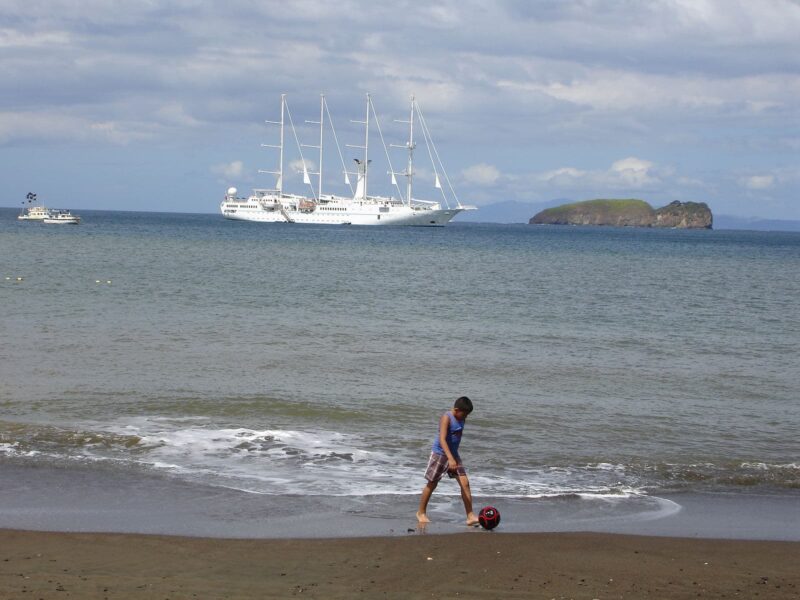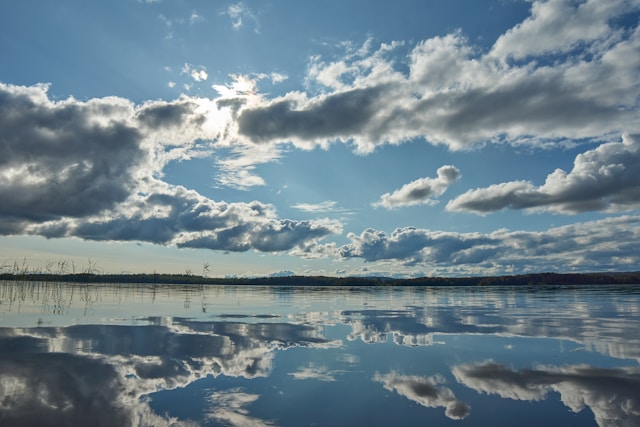Witnessing a whirlpool is a mesmerizing spectacle, a breathtaking marvel of nature that enthralls us with its enchanting aquatic ballet. This comprehensive piece aims to guide you on an enthralling journey, delving into the captivating intricacies, diverse classifications, inherent hazards, and multifaceted applications of these swirling aquatic phenomena.
Understanding Whirlpools
A whirlpool refers to a phenomenon where swirling water emerges as a result of the convergence of opposing currents or an obstruction in a freely flowing water body. While these occurrences are frequently observed in oceans and seas, they can also manifest in rivers and even artificial structures such as bathtubs and swimming pools. The swirling motion of water in a whirlpool is a consequence of the Coriolis effect, which explains the trajectory fluids follow when influenced by a rotating system.
Table: Components of a Whirlpool
| Component | Description |
|---|---|
| Vortex | A rotating mass of water unveils itself as a formidable force. The velocity and strength of the vortex dictate the sheer power wielded by the whirlpool. |
| Downdraft | Within the heart of the vortex, water cascades downwards with a compelling force. |
| Upwelling | On the periphery of the vortex, water surges upwards in a graceful ascent. |
Types of Whirlpools
Whirlpools manifest in various forms, each distinguished by their size, location, and manner of formation. Let us explore a few noteworthy examples:
- Maelstroms: These are the largest and most powerful type of whirlpool. They are created by strong tidal currents or large volumes of water flowing through narrow, shallow straits. The world’s most famous maelstrom is the Saltstraumen, located near the Arctic Circle in Norway;
- Eddies: Smaller than maelstroms, eddies are often found in rivers or narrow channels where water flow is disturbed by an obstacle. The Grand Canyon’s famous Colorado River eddies are a well-known example;
- Vortex Drains: These are human-made whirlpools formed at the outlets of reservoirs or dams. The famous “Glory Hole” spillway of the Monticello Dam in California, USA is an impressive example;
- Bathtub Whirlpools: Probably the most familiar to most people, these miniature whirlpools are formed when water drains from a bathtub or sink.
Types of Whirlpools
| Type | Description | Example |
|---|---|---|
| Maelstrom | Large and powerful, created by strong tidal currents. | Saltstraumen, Norway |
| Eddy | Smaller whirlpools found in rivers or narrow channels. | Colorado River, USA |
| Vortex Drain | Man-made whirlpools at the outlets of reservoirs or dams. | Monticello Dam, USA |
| Bathtub Whirlpool | Miniature whirlpools formed when water drains from a container. | – |
The Danger of Whirlpools
While whirlpools can be beautiful to observe, they can also present a significant danger. Smaller whirlpools are generally harmless, but larger ones, especially maelstroms, can pose threats to swimmers, boats, and ships. The powerful currents can drag objects into the vortex, making escape difficult. However, it’s worth noting that the fear of whirlpools is often exaggerated in popular media; most are not capable of pulling a full-sized ship underwater.
Applications of Whirlpools
Despite their potential dangers, whirlpools are not without their benefits. In several fields, the properties of whirlpools are harnessed for practical applications:
- Hydrotherapy: Whirlpools are often used in hydrotherapy to help treat various conditions such as arthritis and muscle strains. The swirling water provides gentle resistance and a soothing massaging effect;
- Water Treatment: Vortex separators, employed in wastewater treatment facilities, harness the fundamental principle of whirlpools to effectively separate solid particles from water;
- Power Generation: Certain designs of tidal power generators leverage the forceful water flow of whirlpools to maximize their energy generation capabilities;
- Recreation: Whirlpools are also created for recreational purposes, such as in water parks.
Conclusion
Whirlpools captivate us with their fascinating display of water dynamics, presenting intriguing natural phenomena. From the delicate twirl in your personal bathtub to the awe-inspiring maelstroms reigning in the vast oceans, these phenomena vary greatly in size. While they can present dangers, they also hold potential for beneficial applications that can serve humanity in various ways. Whirlpools have the capacity to offer therapeutic relaxation, aid in water treatment processes, and even hold promise for energy production. Undoubtedly, whirlpools occupy a prominent position in our world, influencing numerous aspects of our lives.
FAQs
Whirlpools are formed when water is flowing from two different directions and meets. This can happen in the ocean due to tides, in rivers when the flow is disrupted by obstacles, or in man-made structures like drains and spillways.
The danger of a whirlpool depends on its size and power. Small whirlpools, like those in a bathtub or small stream, are generally harmless. Larger whirlpools, like maelstroms, can pose threats to boats and swimmers due to their strong currents, but the danger is often exaggerated.
Most whirlpools are not powerful enough to sink ships. However, large maelstroms could potentially cause trouble for small boats by creating turbulent waters and strong currents.
Yes, the principle of whirlpools has been used in the design of some types of tidal power generators. These devices utilize the strong currents created by tidal whirlpools to turn turbines and generate electricity.
Whirlpools have several applications that can benefit humans. They are used in hydrotherapy to provide a massaging effect, in water treatment plants to separate solids from liquids, and in recreational facilities for enjoyment.


